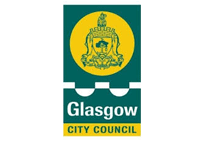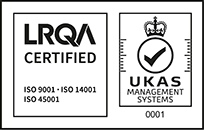Call us free on 0808 168 9540
Call us free on 0808 168 9540

Phlorum has the expertise to advise in designing, executing and managing air quality strategies and management across a wide range of industries in Sussex, London, Surrey and Kent.








 The UK Air Quality Strategy (UKAQS) is the main national policy driver, which filters down into regional and local planning objectives and permits requirements for improving air quality across the UK. It sets a number of “standard” concentrations that have to be achieved at sensitive receptor locations across the UK by various “objective” dates.
The UK Air Quality Strategy (UKAQS) is the main national policy driver, which filters down into regional and local planning objectives and permits requirements for improving air quality across the UK. It sets a number of “standard” concentrations that have to be achieved at sensitive receptor locations across the UK by various “objective” dates.
These standards and objectives were arrived at from advice provided by the Committee on the Medical Effects of Air Pollutants (COMEAP) and the Expert Panel on Air Quality Standards (EPAQS). The sensitive locations at which the standards and objectives apply are places where the population is expected to be exposed to the various pollutants over the particular averaging periods defined in the UKAQS.
Residential housing areas are the most common sensitive receptor locations used to measure concentrations against the set standards. Schools and hospitals are also key locations considered sensitive to air pollution.
At sensitive receptor locations where an objective concentration has been predicted to be exceeded, a local planning authority should declare an Air Quality Management Area (AQMA). In setting an AQMA, the local planning authority must then formulate an Action Plan to seek to reduce pollution concentrations to values below the objective levels.
In determining whether or not an AQMA needs to be declared, a local planning authority produces an ongoing series of air quality reviews and assessment reports. These seek to audit, measure and predict pollution concentrations at sensitive receptor locations where the UKAQS objectives might be exceeded.
Phlorum provides air quality strategy and management support in a number of key areas, including the design of air quality monitoring strategies for baseline planning studies and large scale construction projects (post-planning), air dispersion modelling for development RIBA design stages and emissions source apportionment assessments for local authority air quality action planning.
Please contact us for your free consultation with our air quality consultants or learn more about our air quality assessment services, including air quality monitoring and odour assessments.










